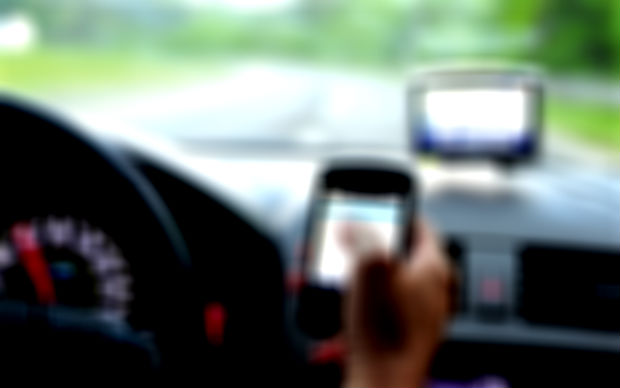 DriversEd.com, the leading online driving school—today released its 2018 Distracted Driving in America Report.
DriversEd.com, the leading online driving school—today released its 2018 Distracted Driving in America Report.
An inaugural initiative, the report examines drivers’ behind-the-wheel behaviors, habits and decisions. The report provides insight into how Americans, while driving, engage in a number of activities, from texting to drinking to YouTube to Snapchat to marijuana and more.
Survey data found that 73% of drivers admit to reading text messages while behind the wheel, and 54% admit to typing texting messages while behind the wheel. Meanwhile, only 39% of drivers say that while driving they check and use their phone more often than they probably should.
Survey data found that 73% of drivers admit to reading text messages while behind the wheel, and 54% admit to typing texting messages while behind the wheel. Meanwhile, only 39% of drivers say that while driving they check and use their phone more often than they probably should.
“There’s an argument to be made that, in 2018, distracted driving is actually a worse problem in America than drunk driving,” said Laura Adams, safety and education analyst at DriversEd.com. “The fact that so many people are texting and driving is alarming, but not surprising. However, what is shocking is the millions of people who are watching Netflix and YouTube videos while driving. These drivers may as well be playing behind-the-wheel Russian Roulette.”
Among the study’s findings:
- Texting: 59% of drivers admit that they read texts while at a red light, while 41% admit to doing so while stuck in traffic, 30% at a stop sign and 11% moving on the road. In addition, 43% of drivers admit that they type texts while at a red light, while 31% admit to doing so while stuck in traffic, 24% while at a stop sign and 8% while moving on the road.
- Social Media: 18% of drivers report that they check social media while behind the wheel, with 16% saying that they have checked Facebook, 11% Instagram, 9% Instagram and 6% Twitter.
- Video Watching: 8% of drivers admit that they have watched YouTube videos while behind the wheel, with 6% saying that they have watched Facebook videos, 5% Instagram, 5% Snapchat and 4% Netflix.
- Marijuana: 84% of Americans say driving after drinking alcohol is more dangerous than driving after smoking marijuana. Meanwhile, 10% of drivers report that in the past 12 months they have driven after smoking or ingesting marijuana.
- Talking: 60% of drivers say that they talk on the phone while behind the wheel on speaker, while 20% say they do so with the phone in their hand and 20% say they use headphones. In addition, 52% say that while behind the wheel, they use voice commands on their phone.
- Drinking: 32% of drivers report that in the last year they have driven after having one or more drinks. Meanwhile, 34% say they are comfortable driving after one drink, with 19% comfortable after two drinks, 7% after three drinks, 2% after four drinks and 1% after five or more drinks.
When asked, “If you get into an Uber, and you notice the driver checking and using their phone, what do you do?”, 49% said they would say something to the driver, then report them to Uber after the ride; 30% said they would not say anything to the driver, but then report them to Uber after the ride; and 21% said they would do nothing.
“Ultimately, the solution to distracted driving is a combination of awareness, education and individual initiative,” said Adams. “Parents, who are effectively largely responsible for the next generation of drivers, can play an important role by taking steps such as putting their own phones away while behind the wheel, avoiding texting or calling their teens when they know they are driving, and even using some apps, which will disable a driver’s phone while they are driving.”
DriversEd.com’s full report—which includes additional data, insights, and analysis—is available at http://blog.driversed.com/drivers-admit-to-distracted-driving/.
Methodology
The 2018 Distracted Driving in America survey was conducted online using Survey Monkey. One thousand, six hundred twenty-three participants were polled, spanning across the United States, with the U.S. driving population represented by the 1,406 respondents who, before completing the survey, answered that they have a driver’s license. The demographics of those polled represented a broad range of household income, geographic location, age, and gender.
Visit the DriversEd.com
Become a Harlem Insider!
By submitting this form, you are consenting to receive marketing emails from: . You can revoke your consent to receive emails at any time by using the SafeUnsubscribe® link, found at the bottom of every email. Emails are serviced by Constant Contact








